Red Borneo Kratom is a unique strain of the Mitragyna speciosa tree, native to the island of Borneo. This tropical...
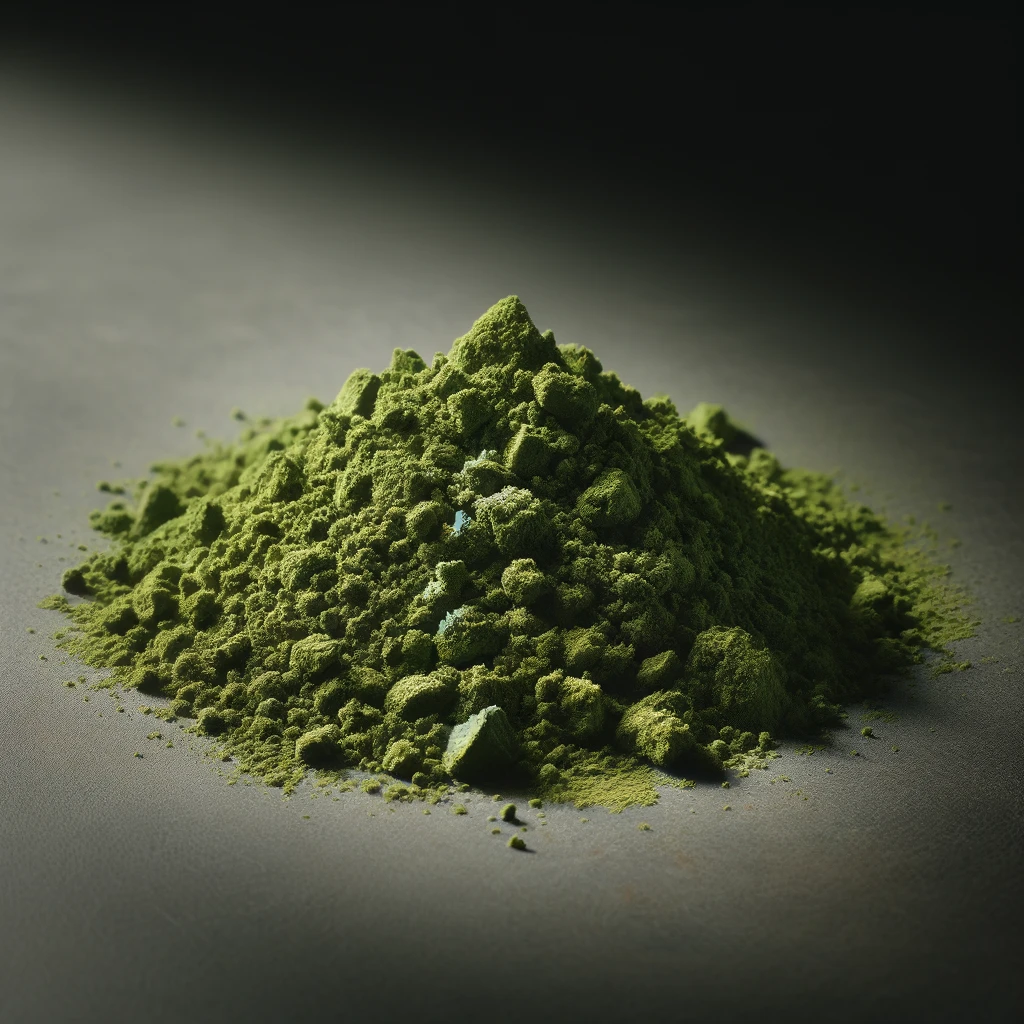
How to Tell if Kratom is Expired: A Comprehensive Guide
Kratom, derived from the Mitragyna speciosa tree native to Southeast Asia, has gained popularity worldwide for its various health benefits, including pain relief, different kratom strains and mood enhancement. However, like any natural substance, kratom has a shelf life and can expire. Consuming expired kratom not only reduces its effectiveness but can also pose health danger. This article will provide an in-depth guide on how to tell if kratom is expired, ensuring you always use fresh products. This article is from the leading vendor in kratom industry, Speakeasy Kratom.
Understanding Kratom Shelf Life

So how long does kratom shelf life? Kratom shelf life varies depending on several factors, including the form of kratom, storage conditions, and the overall quality of the kratom product. Generally, kratom with its recommended shelf life can last between 1 to 3 years if properly st just like dietary supplements. However, improper storage can significantly reduce the kratom's shelf life or extend shelf life of kratom. Here are the key factors that influence kratom expiration:
-
Exposure to Light: Ultraviolet (UV) light can break down the active compounds in kratom, leading to a loss of potency. Keeping kratom regularly can make its shelf life much shorter. Always store kratom in a dark place or in opaque containers to protect it from light exposure and make it stay fresh.
-
Temperature Fluctuations: Extreme temperatures, both hot and cold, can degrade kratom. Room temperature is ideal for kratom storage.
-
Humidity and Moisture: Moisture is one of the biggest enemies of kratom, leading to mold growth and degradation. Ensure that kratom is stored in a dry environment and in airtight containers.
-
Air Exposure: Oxygen exposure can oxidize kratom, leading to a loss of potency over time. Minimize air exposure by keeping kratom in tightly sealed containers to keep your kratom stay fresh.
Signs That Kratom is Expire

-
Changes in Aroma: Fresh kratom has a distinct, earthy aroma. Over time, this smell can fade or change, becoming musty or sour altered aroma. If your kratom's scent has altered significantly, it's a strong indicator that it may be past its prime.
-
Alteration in Color: Kratom powder typically has a vibrant green color. With age, it can turn brown or dull. Capsules and extracts might also show discoloration. A noticeable change in color is a sign of oxidation and degradation, suggesting that the kratom is no longer fresh.
-
Texture Variations: Fresh kratom powder should be finely ground and consistent. If it becomes clumpy, excessively dry, or has a grainy texture, it may indicate that it has absorbed moisture or degraded over time.
-
Loss of Potency: One of the most definitive signs of kratom expire is a reduction in its effects. If you find that you need to consume more to achieve the same results, it could mean that the active compounds have deteriorated.
-
Unpleasant Taste: While kratom has a naturally bitter taste, expired kratom can taste different—often more bitter or off-putting. If the taste is significantly worse than usual, it might be expired.
Best Practices for Storing Kratom
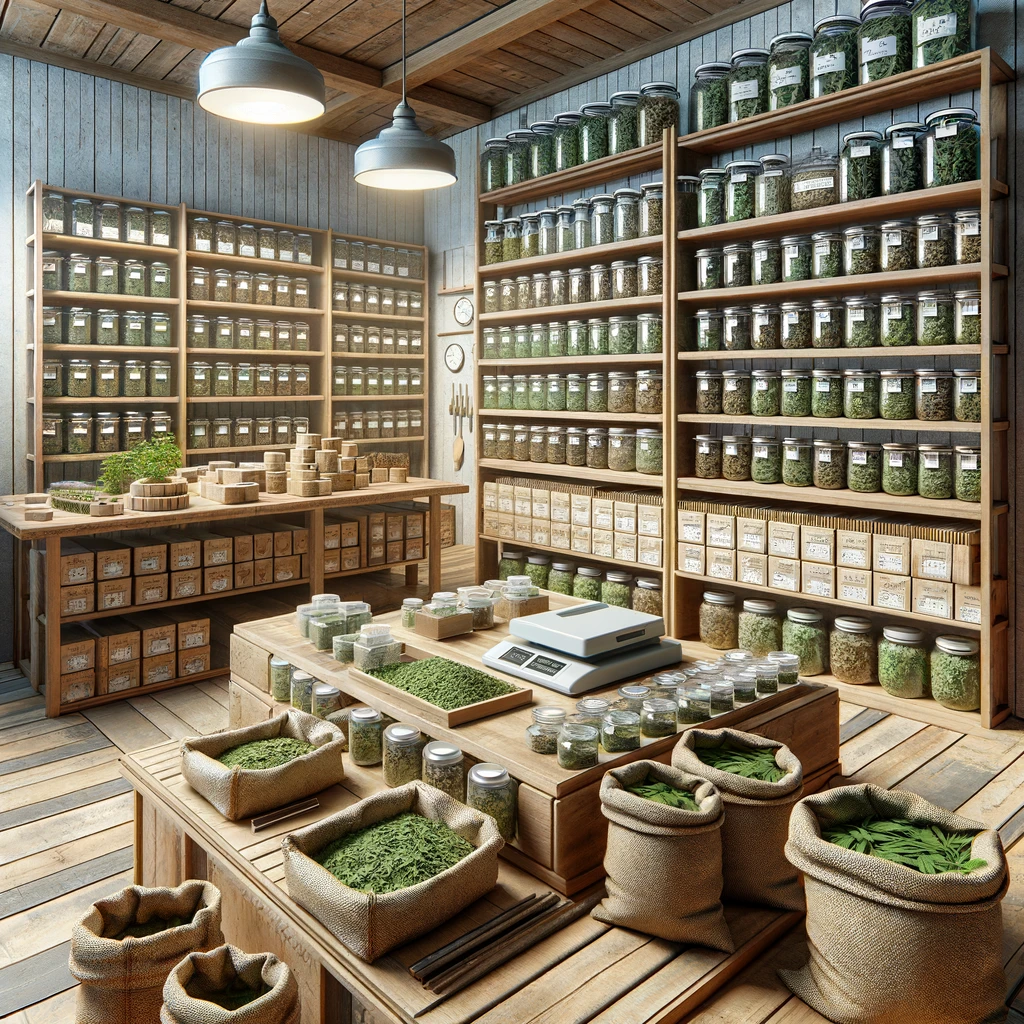
How long does kratom last when you keep it fresh? To maximize the shelf life of your kratom and keep it as fresh as possible, follow these best storage practices:
-
Use Airtight Container: Store kratom in air tight containers, air tight bags, or a storage container to prevent air and moisture from entering. Mason jars, vacuum-sealed bags, or specialized storage containers are ideal.
-
Keep in a Cool, Dark Place: Store kratom in a cool, dark place, such as a pantry or cupboard. Avoid places with direct sunlight or high humidity.
-
Label Your Containers: Always label your kratom containers with the date of purchase, expiration date or packaging. This will help you keep track of its age and prioritize using the old kratom stock first over the new kratom.
-
Avoid Frequent Opening: Minimize the frequency of opening your kratom containers. Each time you open the container, you expose it to air and humidity, which can degrade the kratom product over time.
-
Use Desiccants: Consider adding desiccant packets to your kratom storage containers. These help absorb any residual moisture and keep the environment dry.
How to Revive Degraded Kratom
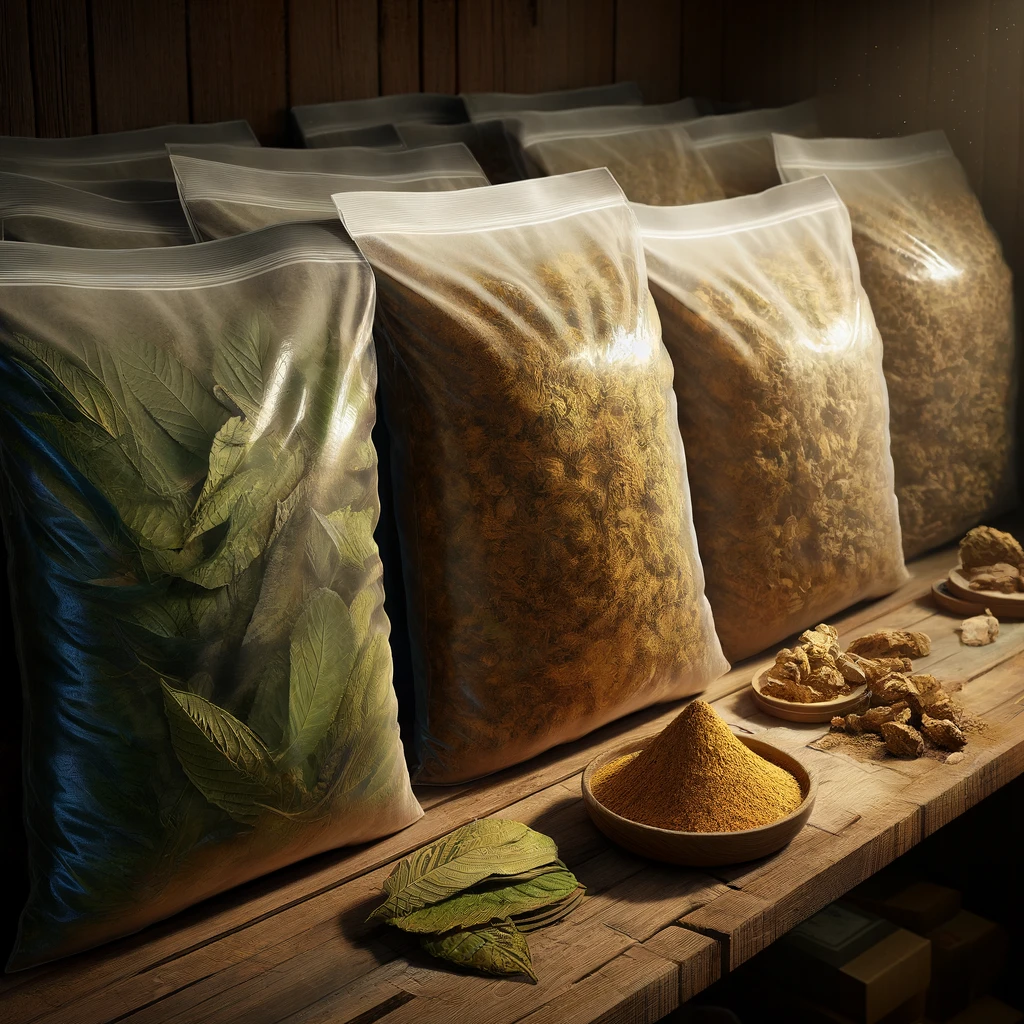
If you suspect that your kratom expires and losing its potency, there are a few methods you can try to revive it:
-
Re-drying: If your dried kratom has absorbed moisture and become clumpy, spread it out on a baking sheet and let it air dry in a cool, dark place. Make sure it is completely dry before storing it again.
-
Mixing Fresh Kratom: Sometimes, mixing older kratom with a fresh batch can help balance the potency. This is particularly useful if the older kratom is only slightly degraded.
-
Re-grinding: If your dried kratom has developed a grainy texture or unusual texture, consider re-grinding it to restore a fine powder consistency. This can improve its usability and effectiveness.
Health Risks of Using Expired Kratom
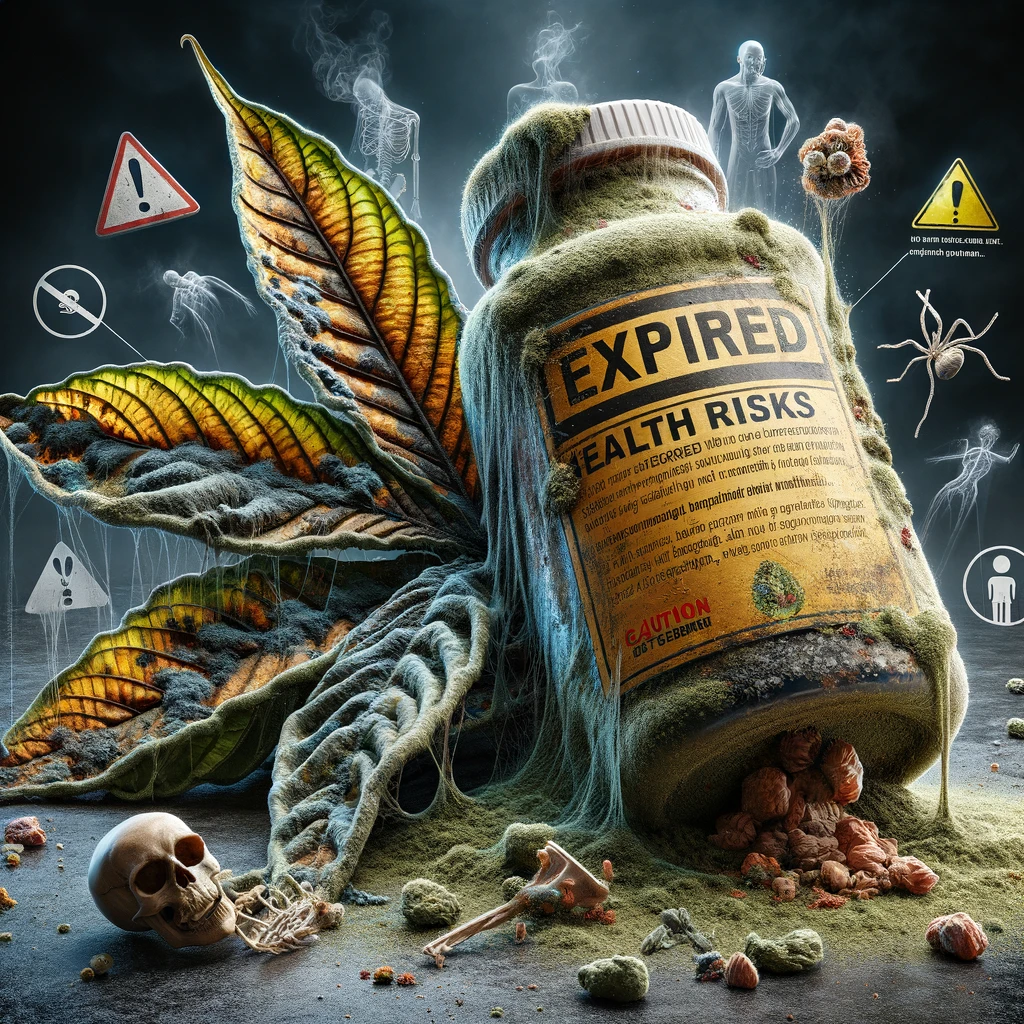
Using expired kratom can pose health risks:
-
Reduced Efficacy: Expired kratom strain may not provide the desired effects, leading to frustration and increased consumption. This can result in tolerance buildup and dependency.
-
Gastrointestinal Issues: Consuming expired kratom, especially if it has developed mold or bacterial contamination, can cause gastrointestinal problems such as nausea, vomiting, and diarrhea.
-
Allergic Reactions: Degraded kratom might have altered chemical compositions, potentially leading to allergic reactions in some individuals. Symptoms can include skin rashes, itching, and respiratory issues.
-
Toxicity: In severe cases, moldy kratom can produce mycotoxins, which are toxic and harmful if ingested. It's crucial to avoid consuming kratom that shows any signs of mold growth.
Purchasing High-Quality Kratom

To ensure you get the most out of your kratom experience and best kratom shelf life, always purchase kratom from reputable company or vendors. High-quality kratom products come from reputable companies that follow good manufacturing practices and provide lab-tested products Like Speakeasy Kratom. Here are some tips for purchasing kratom:
-
Check for Lab Testing: Reputable online vendors provide lab results for their products, ensuring they are free from contaminants, kratom fresh, kratom quality and have the advertised potency.
-
Read Reviews: Look for reviews from other customers to gauge the quality and reliability of the vendor.
-
Consider the Packaging: Kratom stored in airtight containers or vacuum-sealed bags tends to have a longer shelf life. Avoid products in flimsy or poorly sealed packaging.
-
Start with Small Quantities: When trying a new vendor, start with a small quantity to test the product's quality before committing to larger purchases.
Different Forms of Kratom and Their Shelf Lives
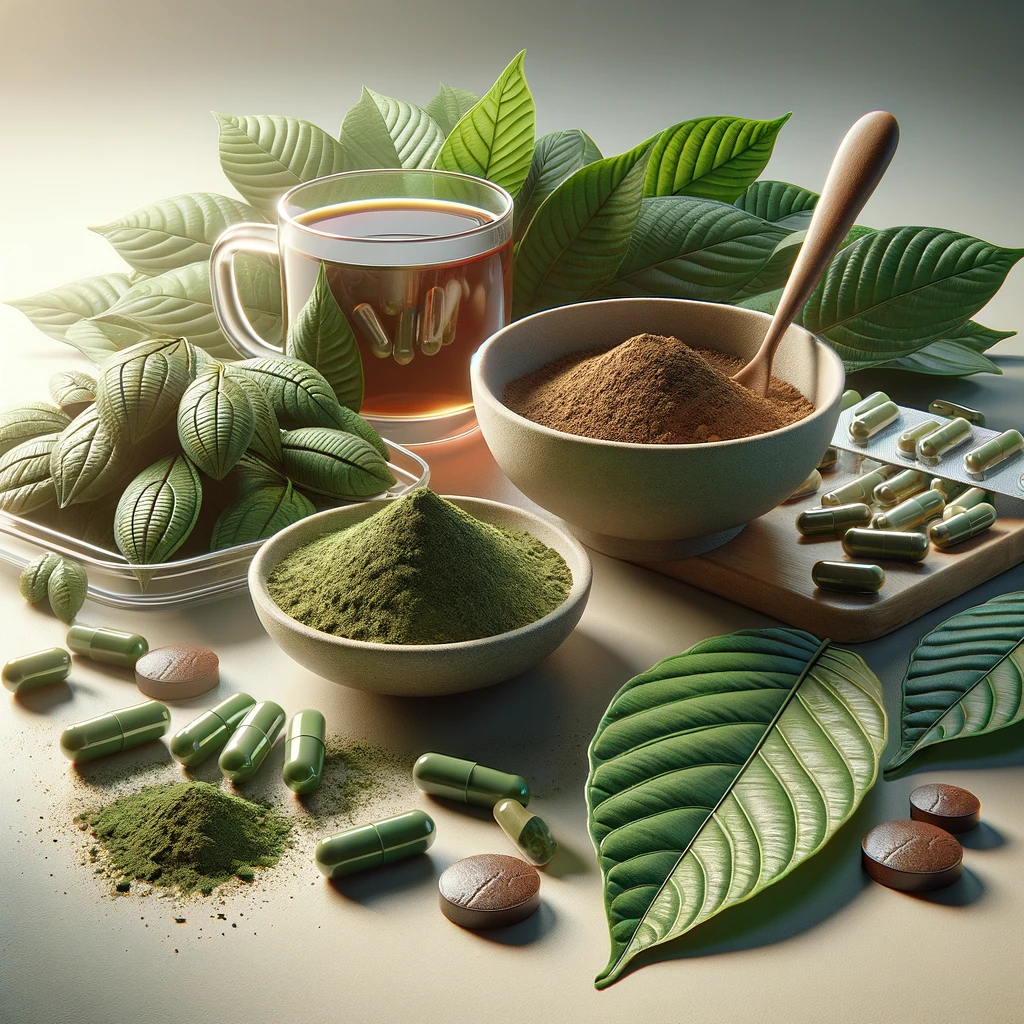
Kratom is available in various forms and kratom blends, each with varying shelf lives:
-
Kratom Powder: The most common form, kratom powder, has a shelf life of 1 to 3 years when stored properly. Keep it in airtight containers and away from light and moisture.
-
Kratom Capsules: Capsules have a similar shelf life to powder but are more convenient for dosing. Store them in airtight containers to maintain their potency.
-
Liquid Kratom: Liquid kratom extracts have a shorter shelf life compared to powder and capsules. They should be stored in dark glass bottles and consumed within up to six months for peak potency, unlike high-proof alcohol.
-
Kratom Leaves: Whole kratom leaves and kratom tea leaves can last up to a year if stored correctly. Keep them in airtight bags and away from direct sunlight and moisture.
Extending the Shelf Life of Kratom
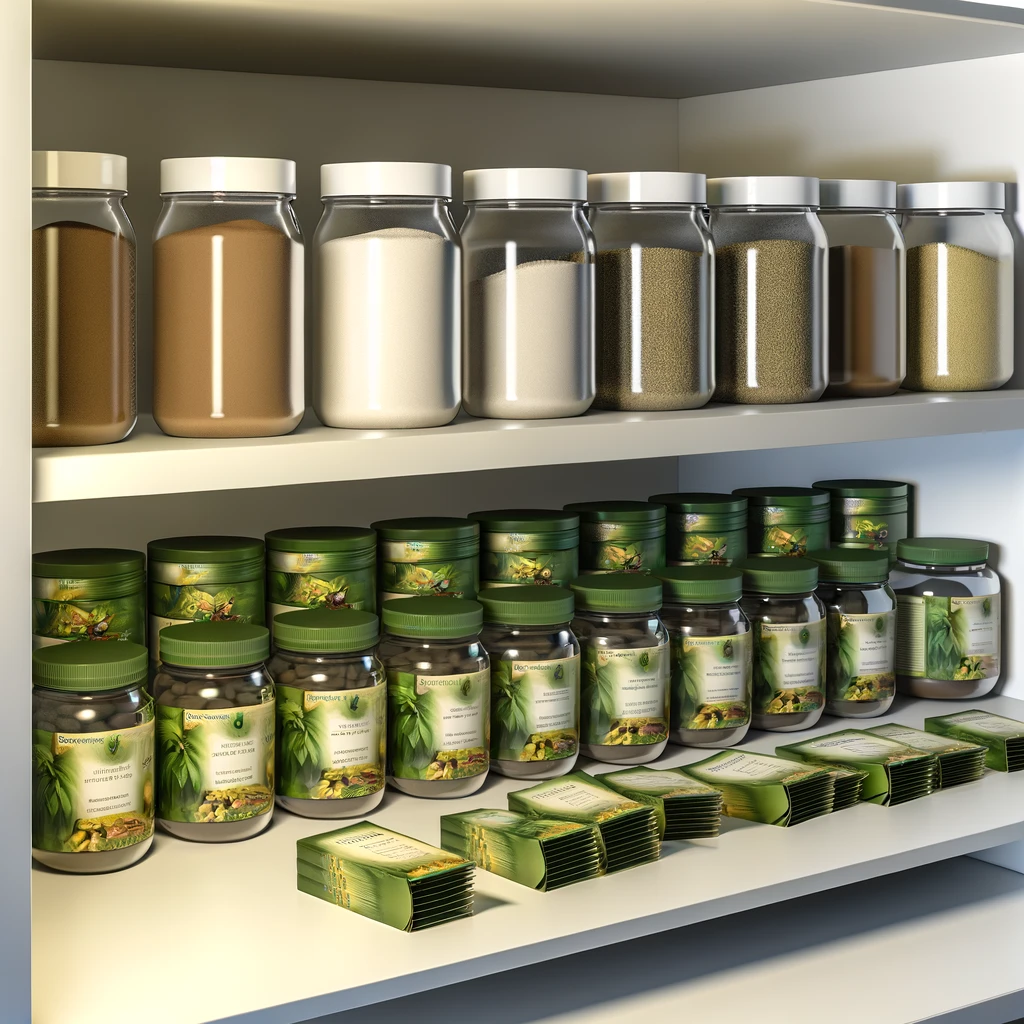
To extend the long shelf life of kratom, follow these additional tips:
-
Use Dry Utensils: Do not introduce moisture, always use dry utensils when handling kratom and even natural products to avoid introducing moisture.
-
Store in Original Packaging: If the original packaging is high quality, keep the kratom in it. Ensure it's tightly sealed after each use.
-
Avoid High Humidity Areas: Do not store kratom in high humidity areas like bathrooms or kitchens.
-
Consider Freezing: For long-term storage, consider freezing kratom in airtight containers. This can significantly extend its shelf life without degrading its quality.
Summary
Maintaining the freshness and potency of your kratom strains is essential for a safe and effective experience. By understanding the signs of expired kratom and following proper storage practices, you can ensure that your kratom remains in optimal condition and improve kratom shelf life. Always prioritize quality and safety when using kratom, and never hesitate to discard any product that shows signs of expiration. Your health and well-being are worth more than the cost of replacing an expired batch. Store kratom properly, purchase from reputable vendors, and regularly check for signs of expiration to enjoy the beneficial properties of this natural product for a longer time.
FAQ: Everything You Need to Know About Kratom Shelf Life and Storage
1. How can you tell if kratom is expired?
Expired kratom can be identified by several signs: changes in aroma (musty or sour scent), alteration in color (turning brown or dull), variations in texture (clumpy or excessively dry), loss of potency, and an unpleasant taste. Always check these indicators to ensure your kratom is fresh.
2. What is the typical shelf life of kratom?
The shelf life of kratom varies depending on its form, storage conditions, and overall quality. Generally, kratom can last between 1 to 3 years if stored properly, similar to dietary supplements. Factors such as exposure to light, temperature fluctuations, and humidity can affect its longevity.
3. How should I store kratom powder to maintain its freshness?
To keep kratom powder fresh, store it in airtight containers in a cool, dark place away from direct sunlight and moisture. Using desiccants can help absorb residual moisture, further preserving its quality.
4. What are the signs of expired kratom?
Signs of expired kratom include a significant change in aroma, color, texture, potency, and taste. If kratom shows any of these signs, it may have degraded and should be discarded to avoid potential health risks.
5. How can I extend the shelf life of my fresh kratom products?
Extend the shelf life of kratom by storing it in airtight containers, keeping it in a cool, dark place, minimizing exposure to air and moisture, and using desiccant packets. Proper storage practices are key to maintaining kratom's potency and freshness.
6. What are the health risks of using expired kratom?
Using expired kratom can pose health risks, including reduced efficacy, gastrointestinal issues, allergic reactions, and potential toxicity from mold growth. Always ensure your kratom is fresh to avoid these risks.
7. Are there differences in shelf life between various forms of kratom, such as powder, leaves, and liquid kratom?
Yes, different forms of kratom have varying shelf lives. Kratom powder can last 1 to 3 years, kratom leaves up to a year, and liquid kratom typically up to six months. Proper storage is crucial for maintaining the quality of each form.
8. How important is it to purchase kratom from reputable vendors?
Purchasing high-quality kratom from reputable vendors is essential. These vendors follow good manufacturing practices, provide lab-tested products, and offer kratom in proper packaging, ensuring longer shelf life and reduced health risks.
9. What are the best practices for kratom storage to ensure it remains fresh and potent?
Best practices for kratom storage include using airtight containers, keeping it in a cool, dark place, avoiding frequent opening of containers, and adding desiccant packets to absorb moisture. Labeling containers with purchase dates can also help track its freshness.
10. Can mixing old kratom with new kratom help maintain its potency?
Mixing old kratom with new kratom can sometimes help balance potency if the older batch is only slightly degraded. However, it's crucial to ensure the older kratom hasn't expired to avoid any health risks.
By following these guidelines and understanding how to properly store and identify expired kratom, you can ensure that your kratom products remain safe, effective, and enjoyable to use.

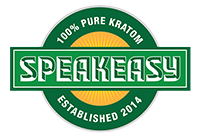
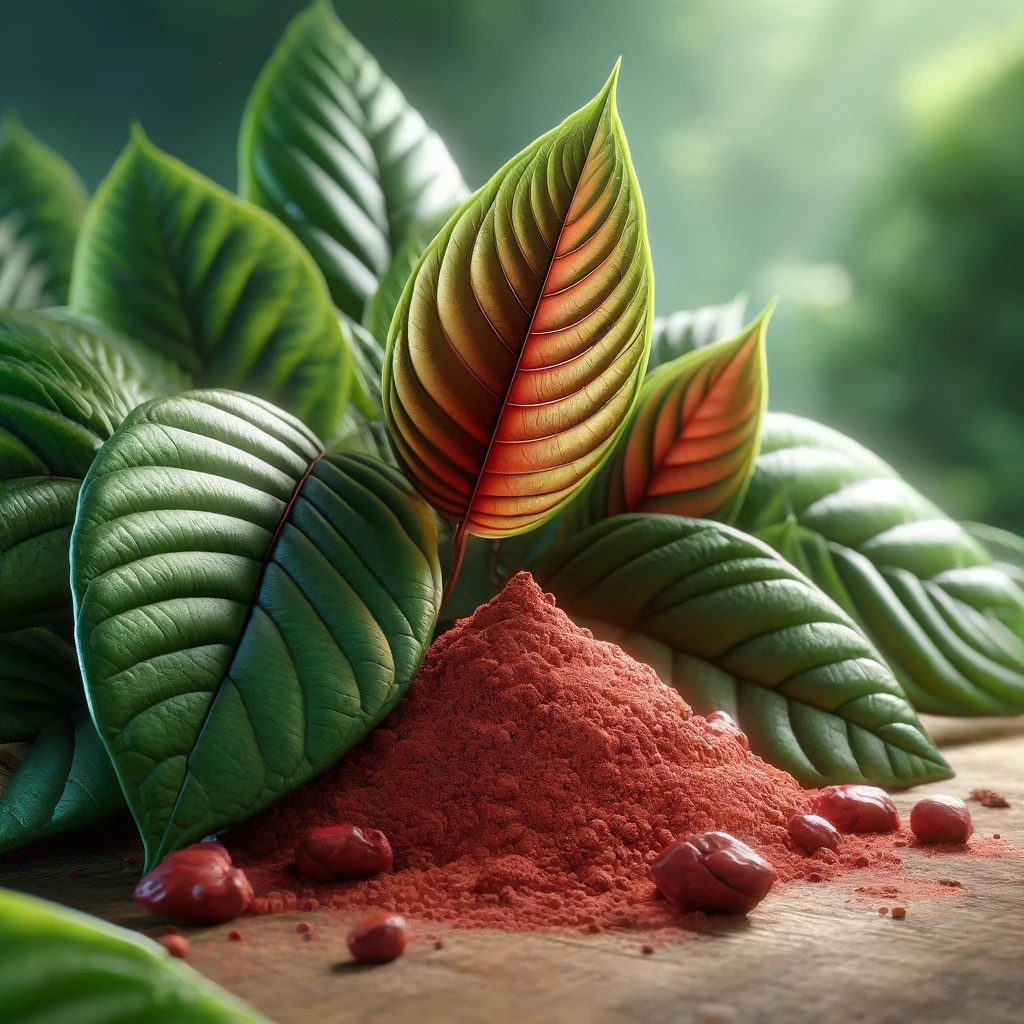
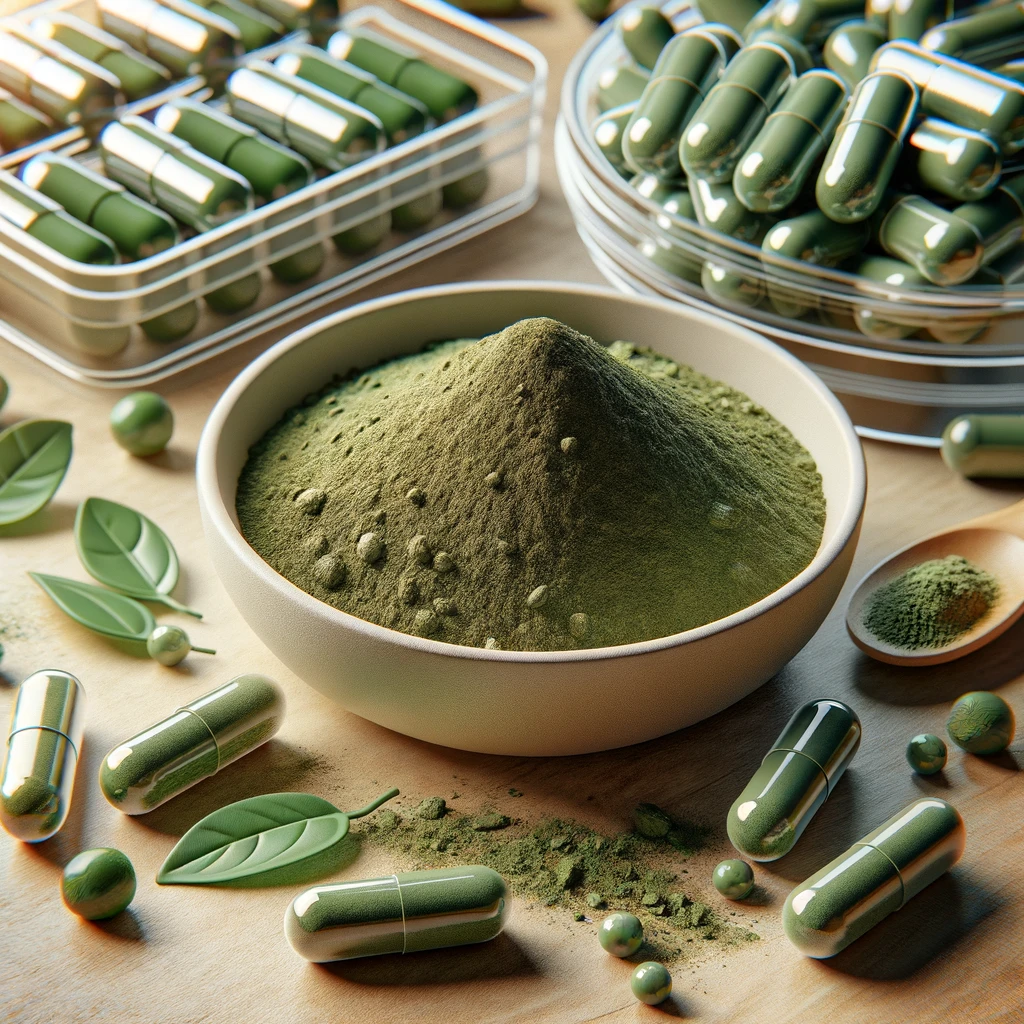
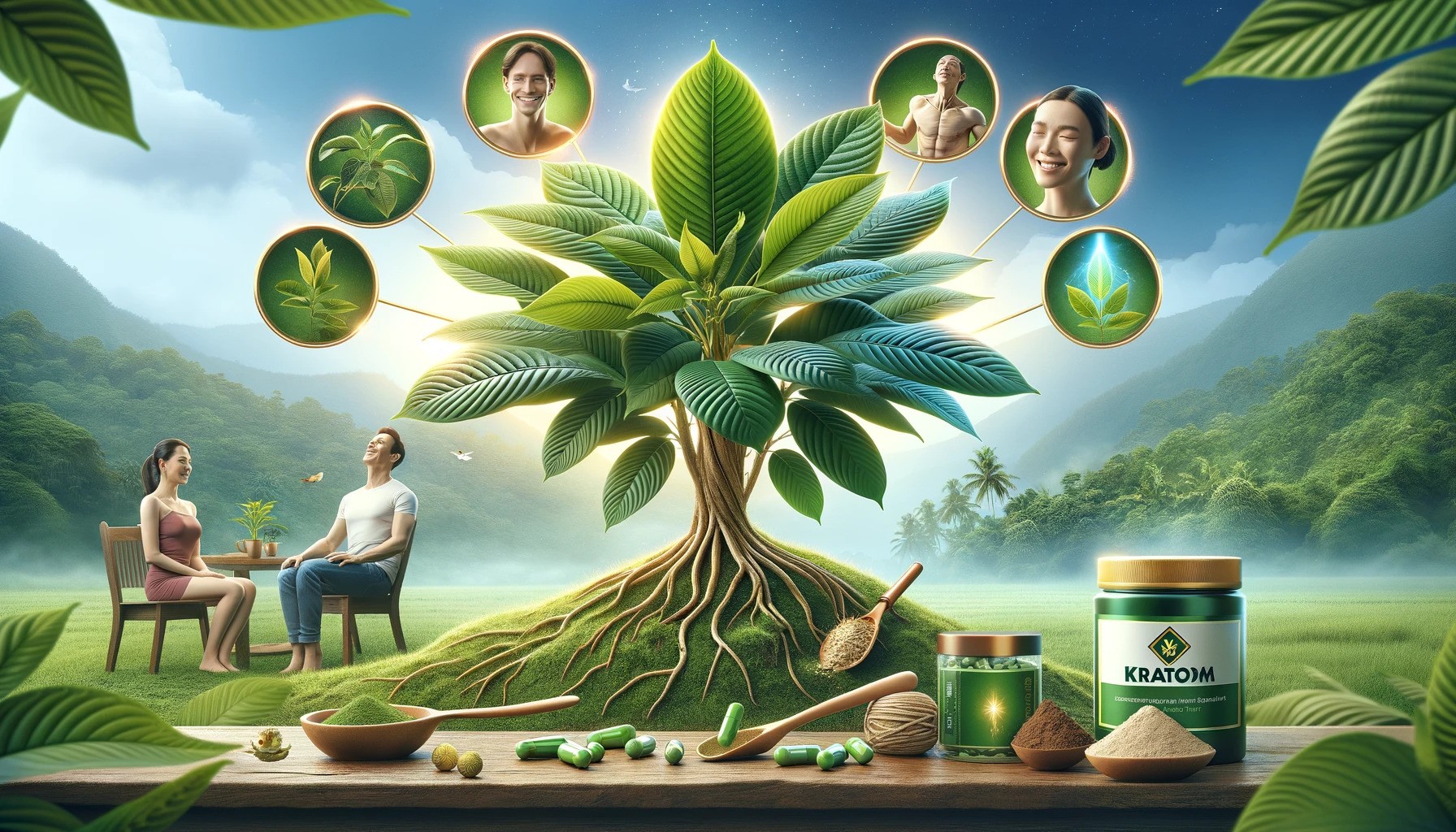


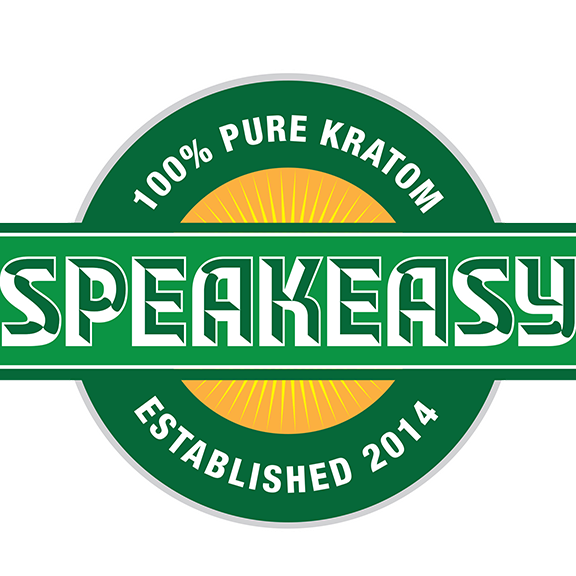
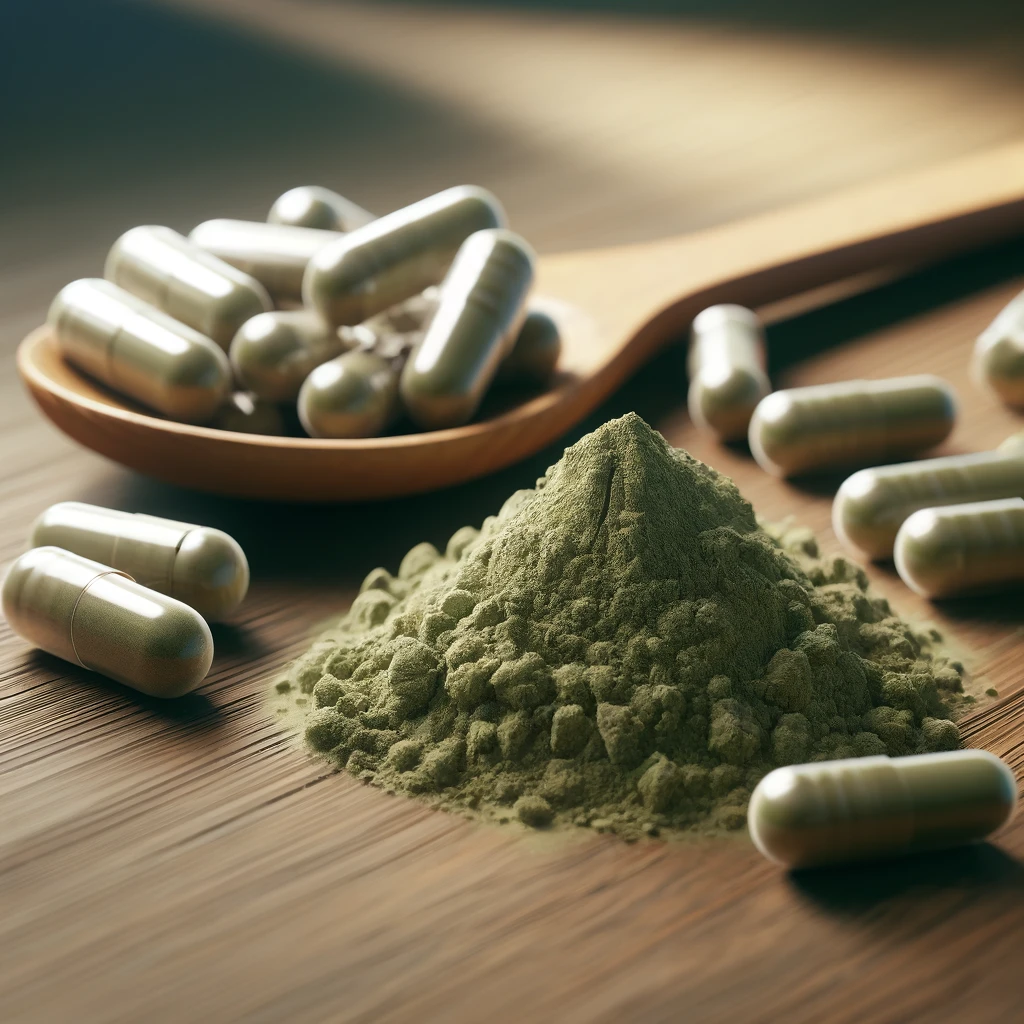
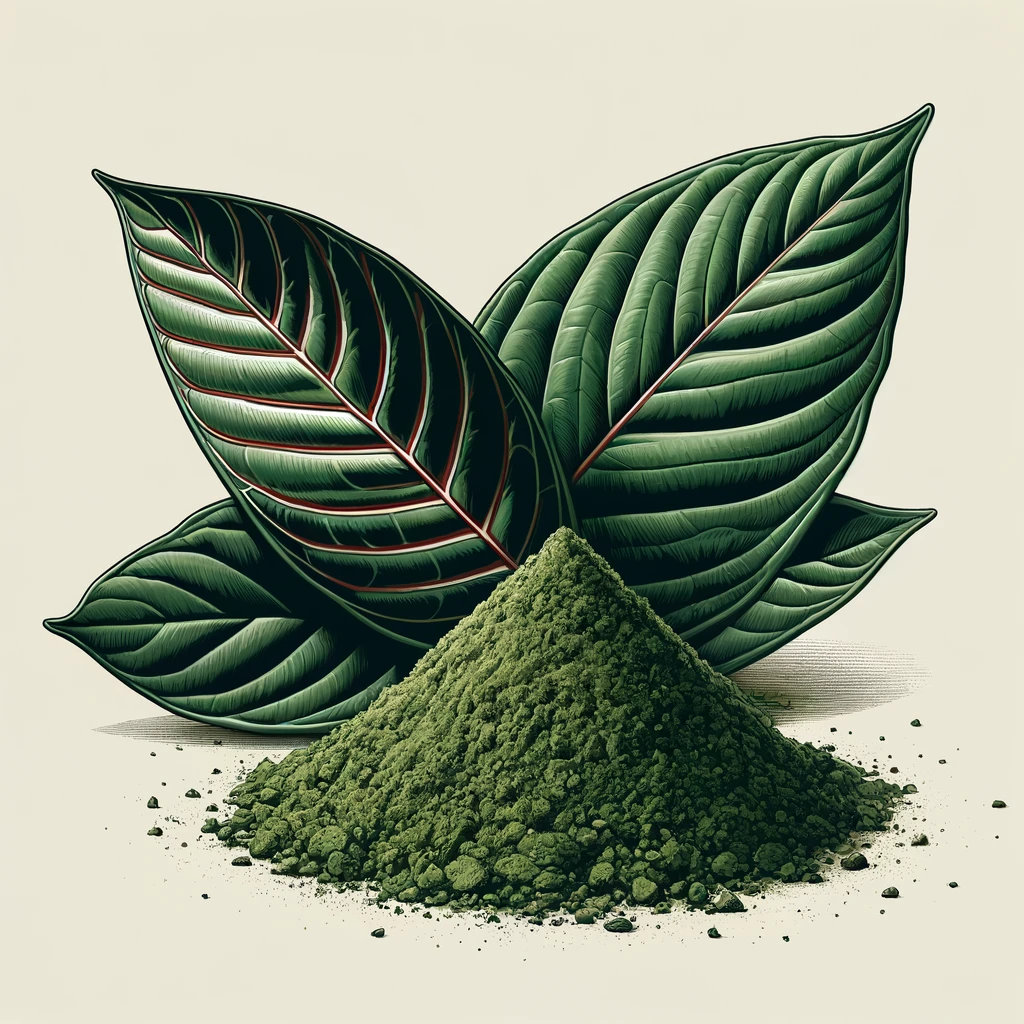

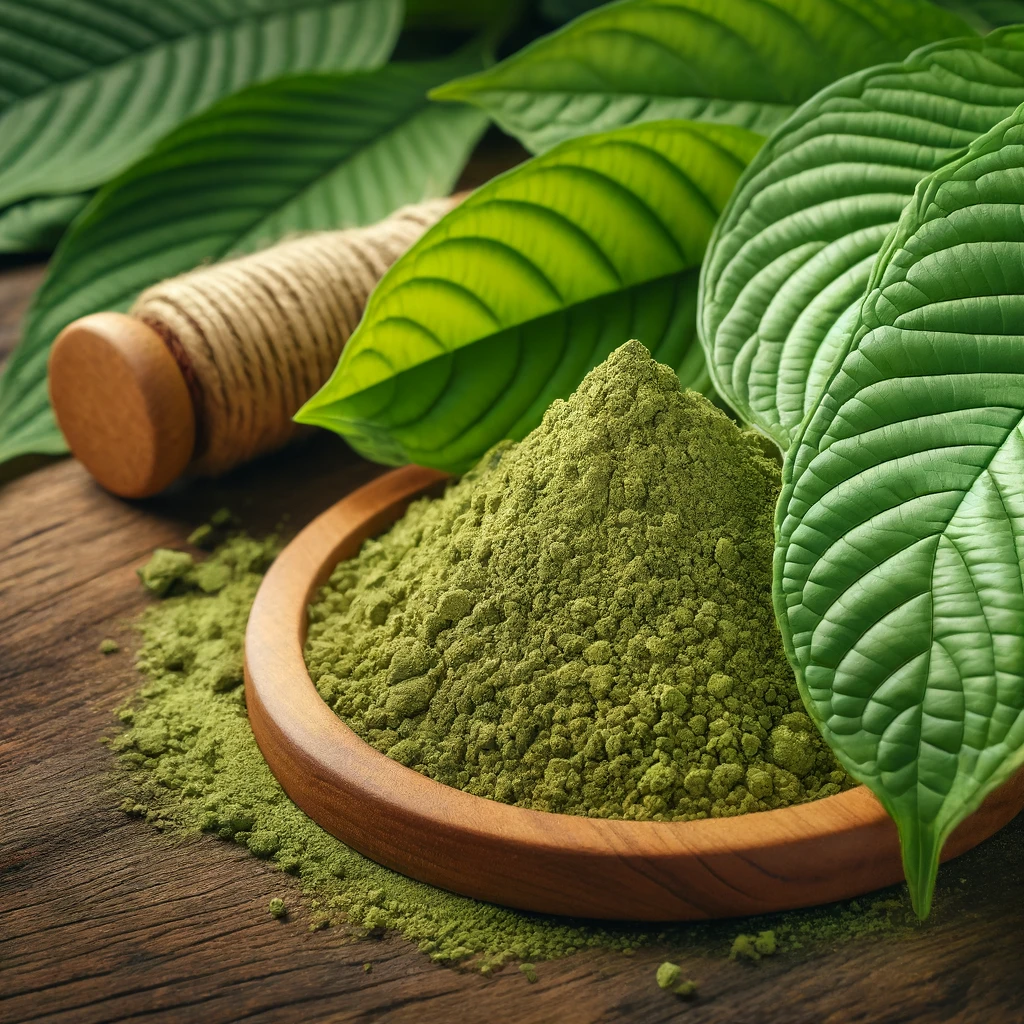
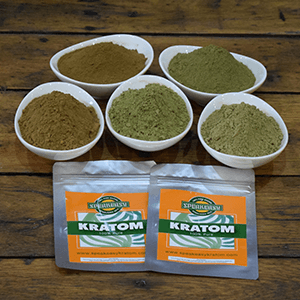

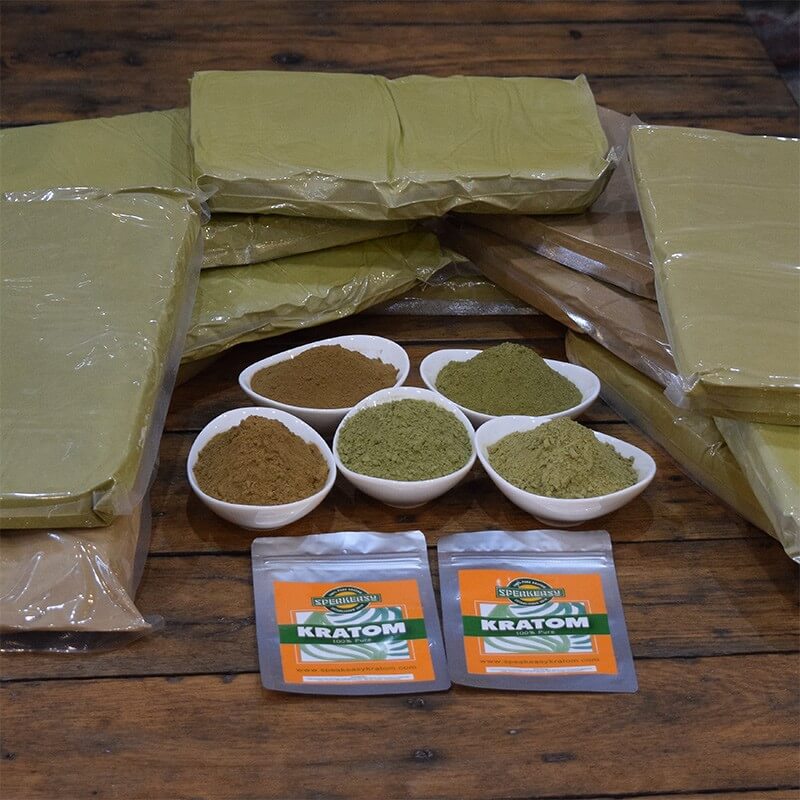
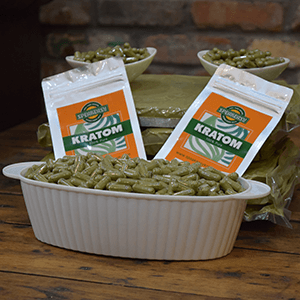
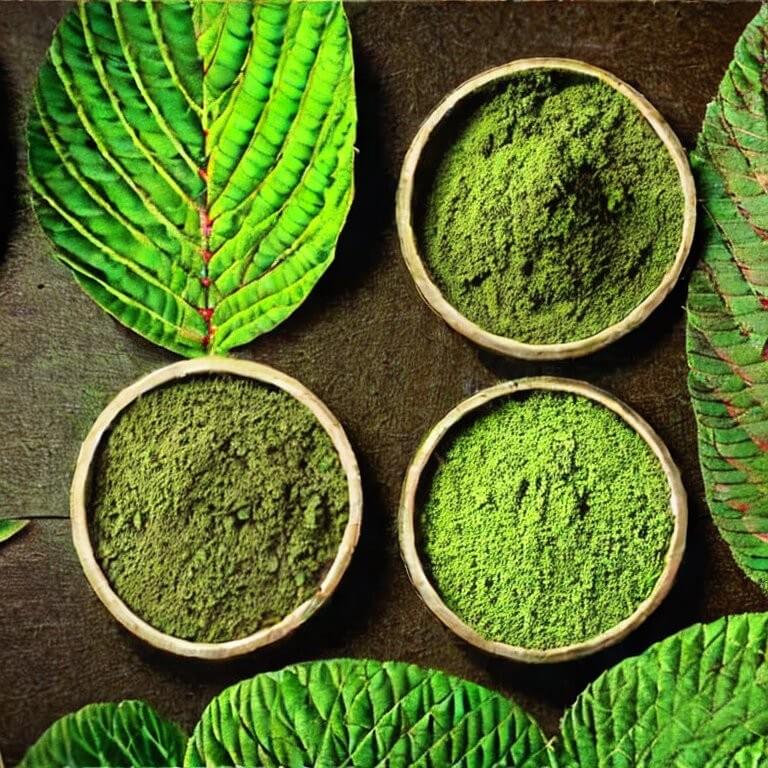
Leave a comment